|
|

|
Newsletter
No. 67
|
|
|
| WELCOME |
|
Does the world make sense?
Reading this newsletter, you are using your eyes. We humans are predominately a visual species. In our day-to-day existence, sight is our most major sense; we can of course use the other senses commonly ascribed to us, including hearing, touch, smell, and taste. We also possess proprioception (look it up!) and equilibrioception - our sense of balance.
But for the majority of humans, sight is the main way we understand and interact with our environment.
Other living organisms, with whom we share the planet, use their own senses to understand the same world. And it seems many species have a very different 'view' of reality to us. On one of our many long drives with Animal Ark co-worker Shannon we started listening to an audiobook on this very subject - An Immense World by Ed Young. In this he tells us we all (human or bug, catfish, or pelican) perceive or sense only a tiny part of our immense world and we do so differently. Below, not necessarily covered in the book, are a few examples of how it is believed other species sense the world.
'Umwelt' – a term used to describe the world as experienced by a different organism.
|
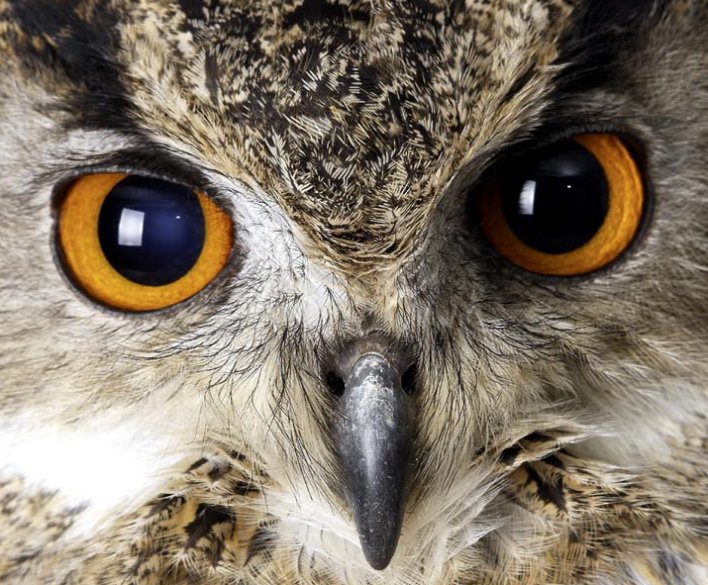
|
|
|
| TOUCHY FEELY SMELLY ELEPHANTS |
|
Pacinian corpuscles are highly sensory motor cells located in the trunk and feet of elephants. Composed of layers of tissue sandwiched between a gel, they enable these huge animals to detect tiny movements or vibrations. The Asian tsunami of 2004 devastated vast areas of India and Sri Lanka. But it seems that the elephants could detect the pre-tsunami vibrations and were witnessed screaming and running for higher ground before the waves hit.
With nostrils at the end of their long trunks elephants also have a very decent sense of smell. Amongst other things, they can smell underground water, but also can quantify by odour. So, an elephant can smell not just that there is a bunch on bananas or other food nearby, but how many bananas are linked to that particular smell.
|
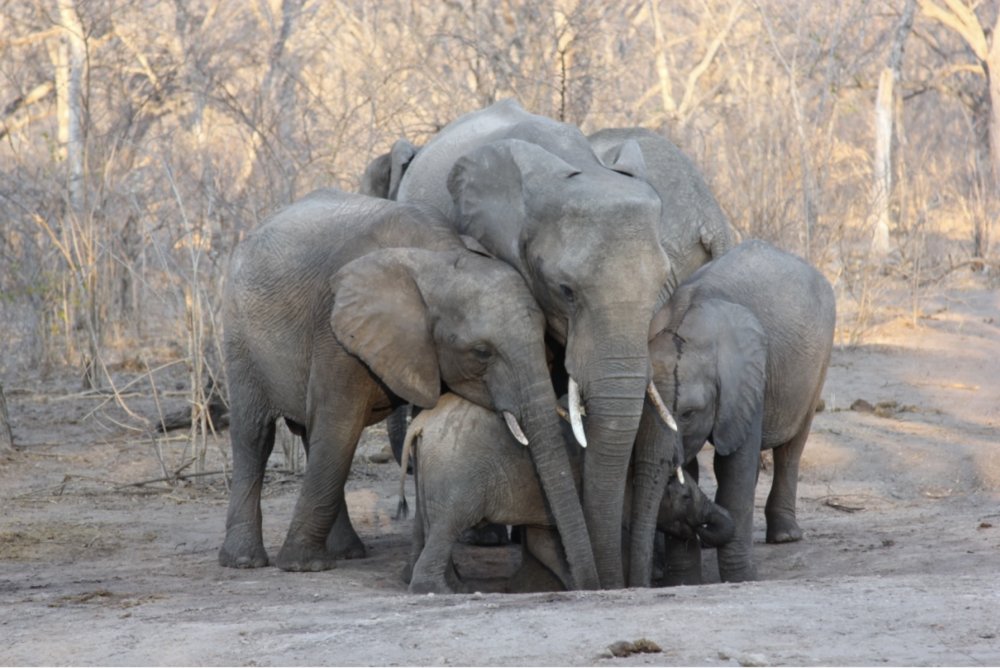
|
|
|
| TASTING CATFISH |
|
With at least 250,000 taste buds (we have about 10,000) catfish can taste not only with their tongue but most of the body as well. Apparently so sensitive is this taste sense that if a smoker touches the bait put on the hook whilst angling, many catfish can taste and avoid it.
It's like having your tongue covering your whole body. If you were a catfish you could taste a pizza just by sitting on it.
|
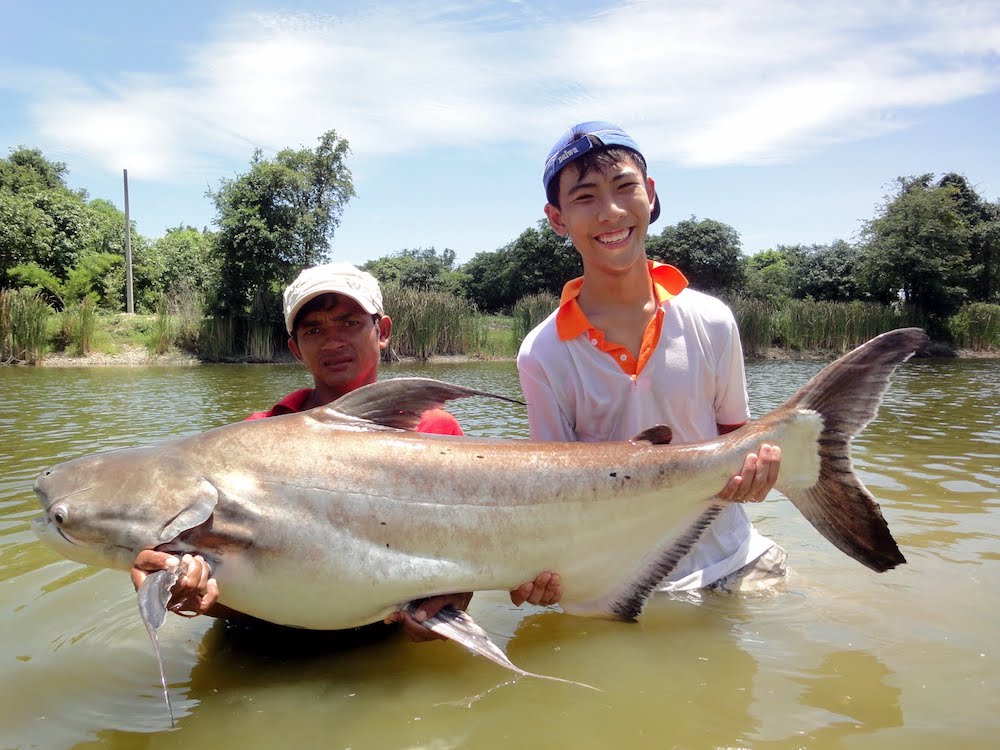
|
|
|
| MAGNETORECEPTION |
|
Some fish, reptiles, birds, and mammals but not, it seems humans, can feel or even see magnetic fields. This gives them the ability to navigate great distances and pinpoint precise places seemingly with ease. Whilst this ability is known, the location in the animals of the biological materials responsible are yet mostly undiscovered.
It appears that iron-based receptor cells found in some birds' eyes and beaks are responsible. These cells are more sensitive to light in migratory species than sedentary ones. It seems some birds utilize both methods as required, using their eyes when light is available but on overcast days switching to another sense for directional navigation. It is also believed some birds can 'hear' the magnetic field and navigate using this as well as the other senses for navigation.
Do you have a good sense of direction? Imagine, along with normal vision, seeing 3D google maps and a compass as you moved around!
|
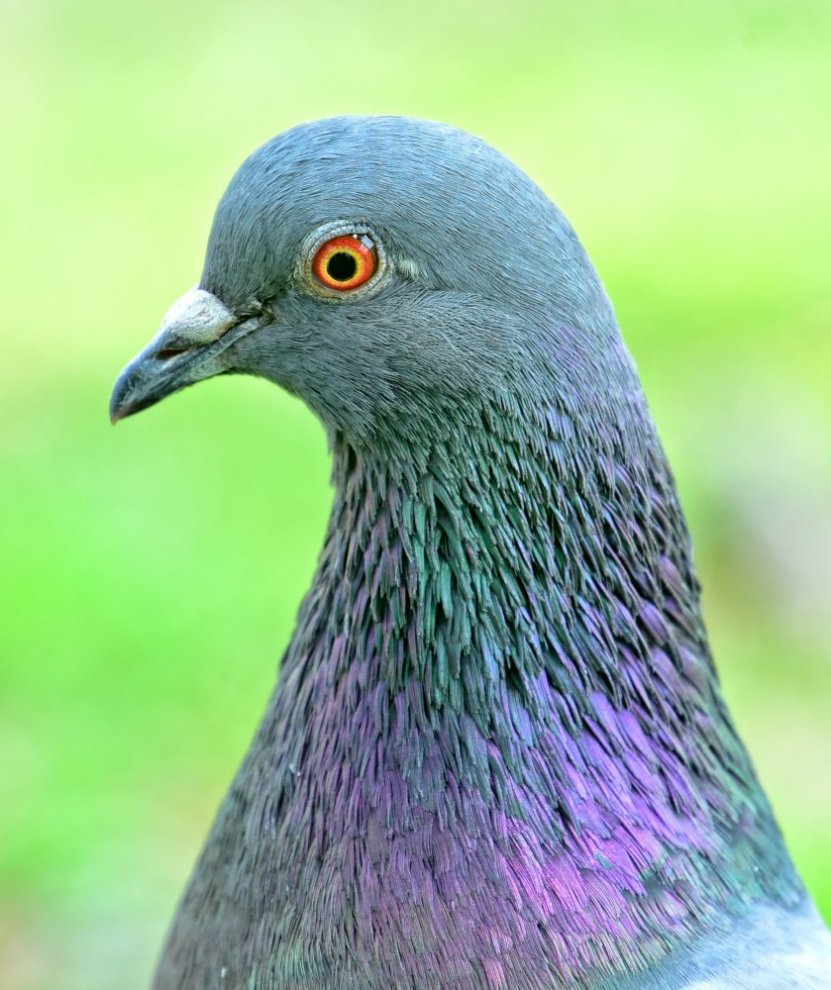
|
|
|
| SEE HEAT AND SMELL ENVENOMED PREY |
|
Some snakes, including pit vipers, have heat sensing pits on their lower jaw. These are infra-red detectors. They also have, like all snakes, a forked tongue that smells and tastes the air. Studies with rattlesnakes have shown that not only can they see the heat emitted from warm blooded prey like rats, but also that the forked tongue can smell and track the rat they just envenomed, distinguishing from other unenvenomed rats in the same area.
|
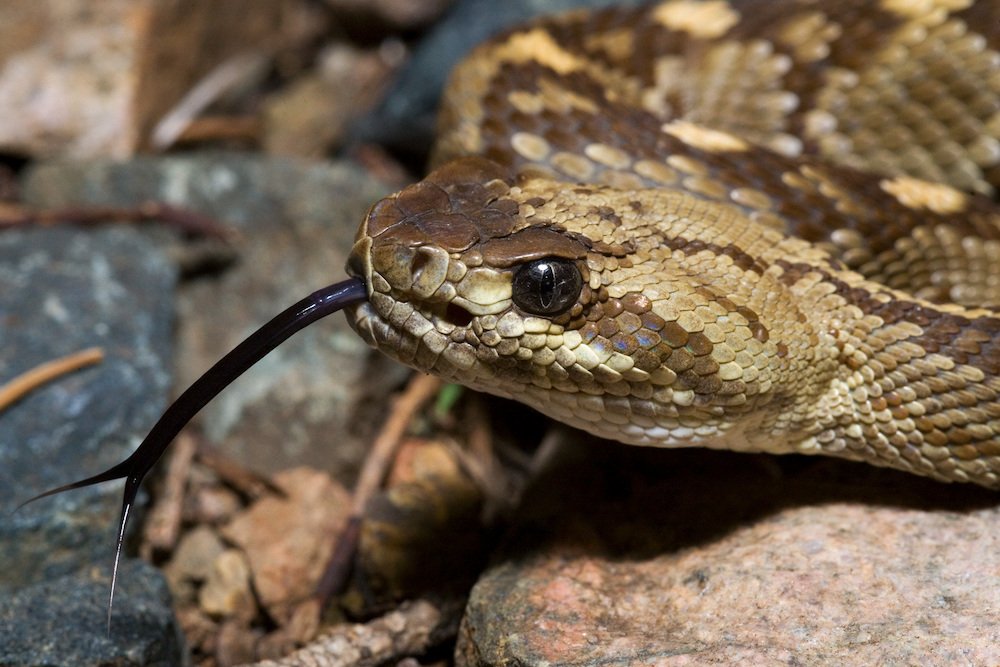
|
|
|
NEW EXTENDABLE SNAKE TONGS JUST IN
SPECIAL PRICE – MAY ORDERS ONLY |
|
New shipment of brand-new Snake Tongs / Grabbers just in:
These grabbers are 101cm long, but they extend to 127cm, and 152cm for harder to reach serpents. Also fitted with Animal Ark Snake Huggers™ as standard
Usual price $230 + postage NOW JUST $184 if ordered and paid for by phone and includes free postage Australia wide.
Call 08 9243 3044 to order and pay.
See the Animal Ark online shop for our full list of snake and fauna handling equipment.
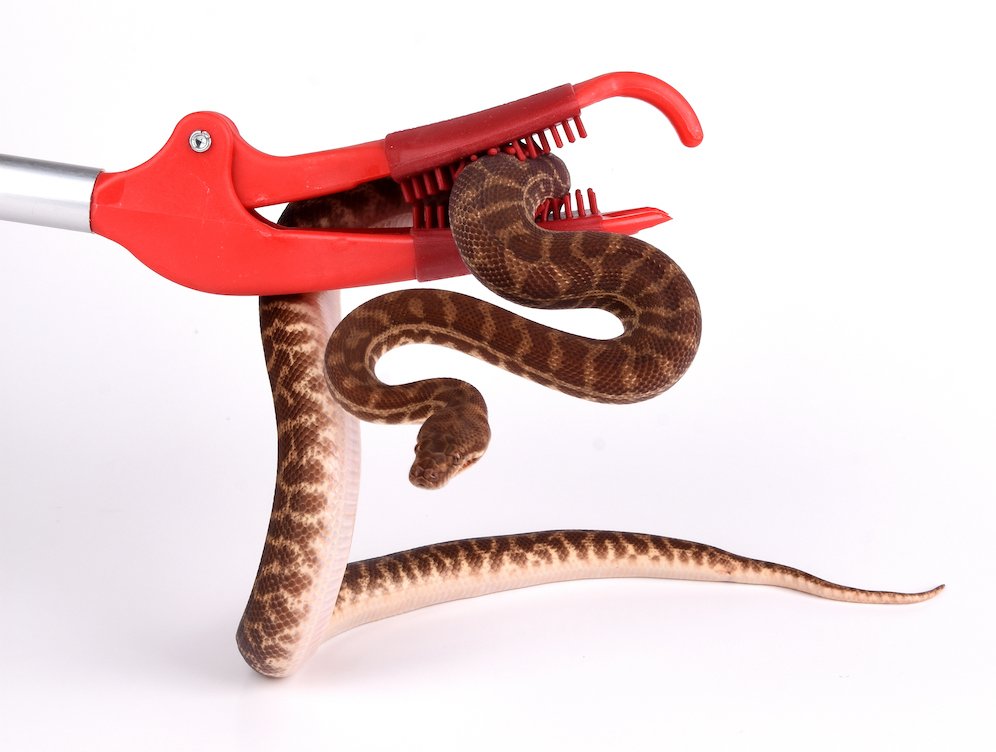
|

|
|
|
| ANIMAL ARK SNAKE AVOIDANCE TRAINING FOR DOGS |
|
We continue to train in the cooler autumn and winter months, plus our spring 2023 dates and locations are on the website now. So you can book well in advance of the warmer weather!
All bookings can be made through the website www.snakeavoidance.com.au
Don't miss out, some spring dates are already booking fast.
|

|
|
|
| IN FOCUS: Freshwater Cobbler (Catfish) Tandanus bostocki |
|
In the southwest the Cobbler is our largest native freshwater fish. This rather dark muddy coloured fish has mottled patterns on the head and is endemic to south-western waters of WA. Found from Moore River north of Perth to Blackwood River in the southwest, and east to the Frankland River.
Whilst associated with slow moving habitats in our rivers, creeks, and lakes these Catfish are also tolerant of brackish waters nearer the ocean. They shelter during the day amongst submerged logs and roots and undercut riverbanks and other suitable cover. At night they emerge, hunting is aided by 4 pairs of sensory barbels. Main prey items appear to be freshwater crayfish, shrimps, invertebrates, and smaller fish.
Mass upstream migrations covering up to 8 km are known for both feeding and breeding before they retire back to shelter. Breeding occurs November, December time - a nest is built using gravel and rocks into which small individual eggs are laid. These will hatch about a week later. Lucky individuals may live for 10 years. Growing to 50cm most specimens are around half this size.
Venomous spines on the 1st dorsal and both pectoral fins help protect them from predation. Treatment consists of immersion of affected area in water as hot as the body can stand. The heat reduces the pain. Bacterial and fungal infection can result from the wound and or tissue left behind, medical attention is advised. Most incidents occur with anglers or from stepping on the fish in shallow waters.
|
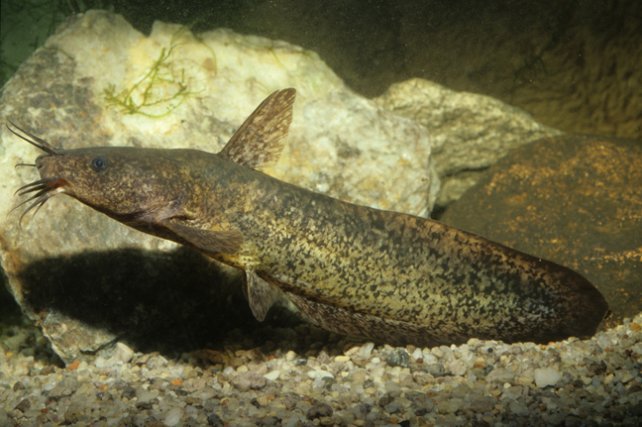
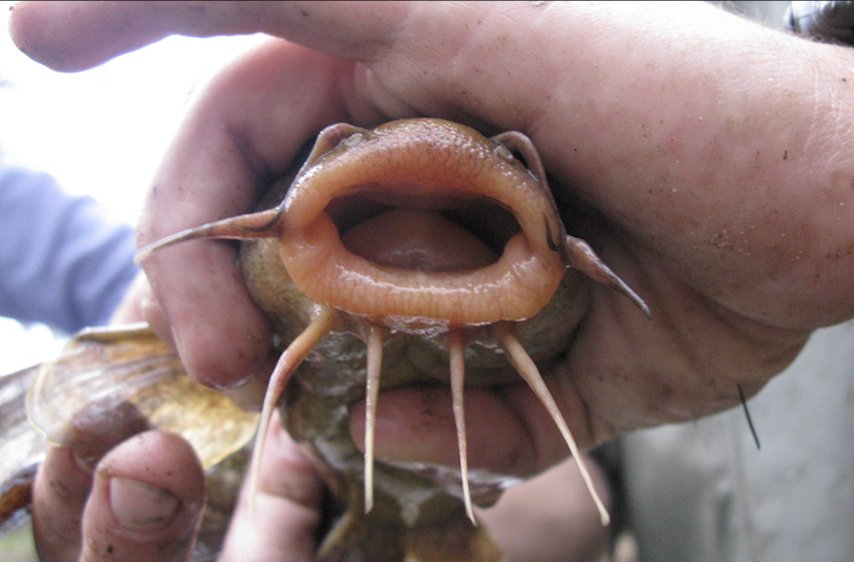
|
|
|
|
|












